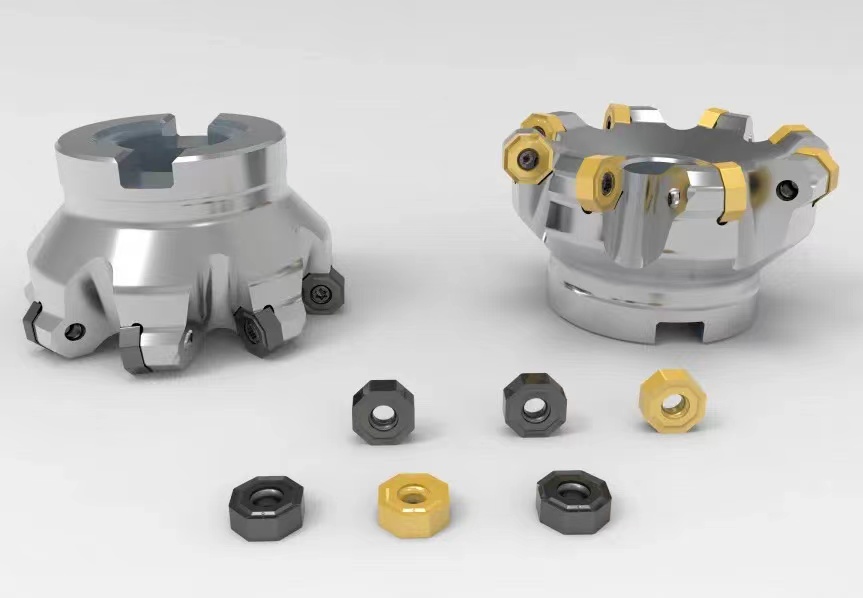What is the main reason for the wear of cemented carbide cutting tools
Mon Jul 04 15:37:31 CST 2022
Formed carbide milling cutters are widely used because of their small shape tolerances. Since the insert cannot be replaced directly, most milling cutters are scrapped after the insert collapses, which greatly increases the processing cost. Now we will analyze the reasons for the wear of carbide cutting tools.
1. Characteristics of processed materials
When cutting titanium alloys, due to the poor thermal conductivity of titanium alloys, the chips are prone to bond or form swarf edges near the edge of the tool tip, forming high-temperature areas on the front and back sides of the insert face close to the tool tip, causing the tool to lose redness and hardness and increase wear. In high-temperature continuous cutting, the adhesive and fusion will be affected by subsequent processing. In the process of forced scouring, part of the tool material will be taken away, causing tool defects and damage. In addition, when the cutting temperature reaches 600°C or higher, a hardened hard layer will form on the surface of the part, which has a strong abrasion effect on the cutting tool. Titanium alloy has low modulus of elasticity and large elastic deformation. The surface of the workpiece near the flank surface rebounds greatly, so the contact area between the processed surface and the flank surface is large, and the wear is serious.

2. normal wear
In normal processing, when the margin of continuous milling of titanium alloy parts reaches 15mm-20mm, severe insert wear will occur. The continuous milling efficiency is extremely low, and the surface finish of the workpiece is very poor, which cannot meet the production and quality requirements.
3. Improper operation
During the processing of titanium alloy castings such as box covers, improper operations such as improper clamping, improper cutting depth, excessive spindle speed, insufficient cooling, etc., will cause the tool to collapse, damage, or break. In addition to the ineffective milling of this kind of defective milling cutter, it will also cause defects such as the concave shape of the machined surface due to "biting" during the milling process, which not only affects the quality of the milling surface, but also leads to workpiece waste in serious cases.
4. Chemical wear
Under a certain temperature, the cutting tool material and some surrounding media have a chemical interaction, forming a layer of lower hardness compound on the surface of the tool, and the chips or the workpiece are wiped away to form abrasion and chemical wear.
5. phase change wear
When the cutting temperature reaches or exceeds the phase transition temperature of the cutting tool material, the microstructure of the tool material will change, and the hardness will decrease significantly, and the resulting cutting tool wear is called phase change wear.
















































